_nice to meet you

-VISIT WEB PORTFOLIO-
_what's up lately
_explore selected projects
-download my portfolio-
-download my undergraduate thesis-

_FAVELAS 4D
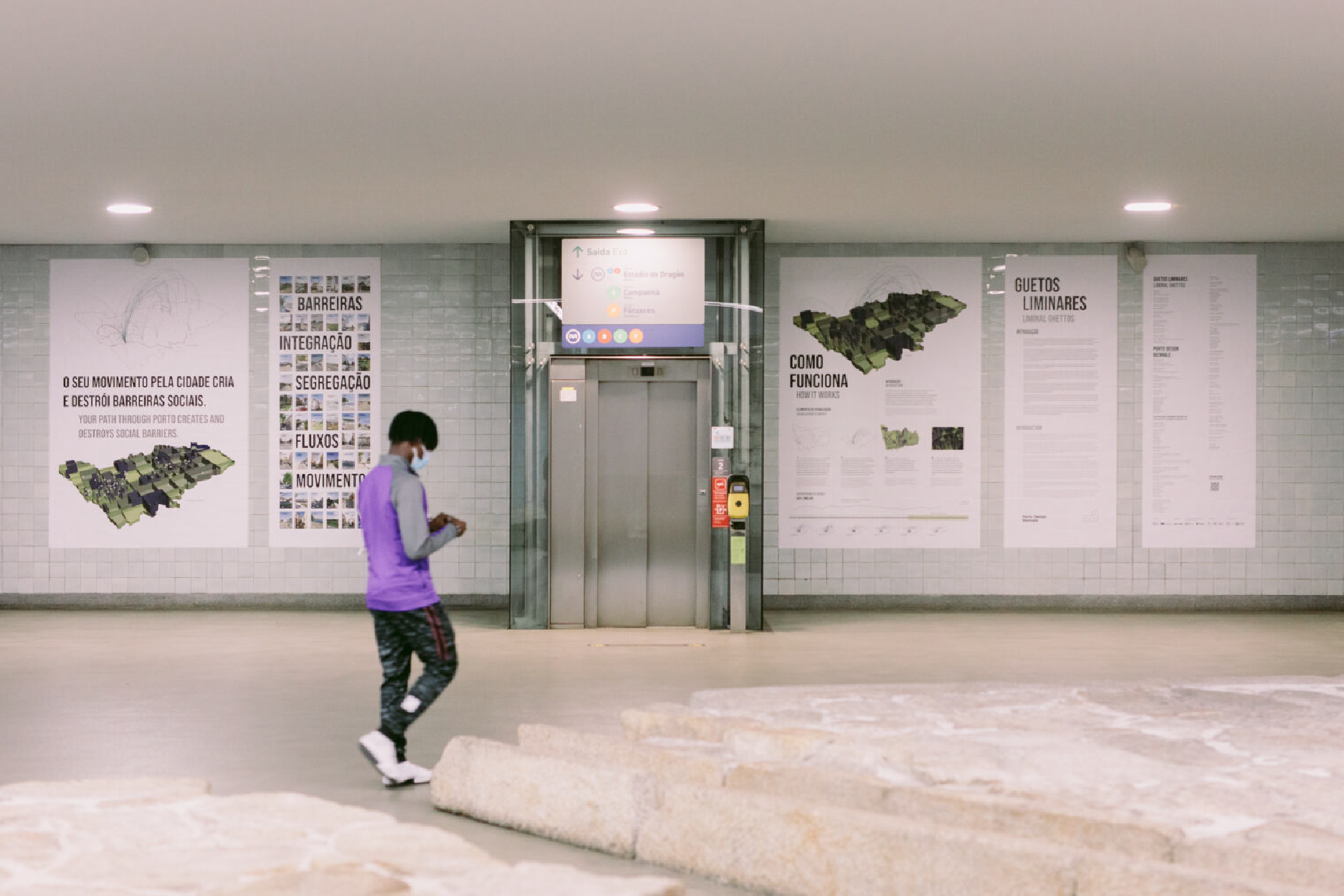
_PORTO DESIGN BIENNALE: Liminal Ghettos
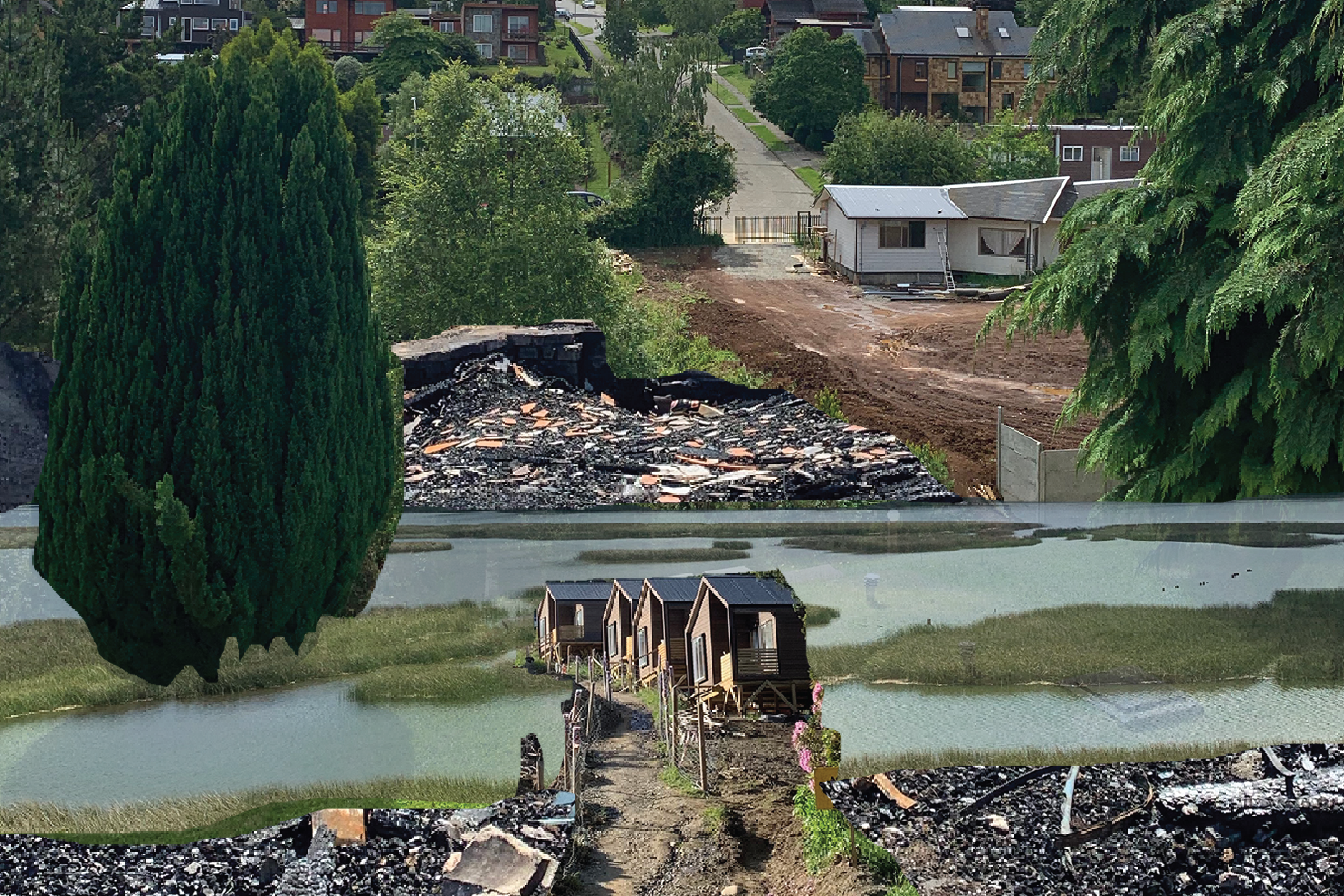
_TABULA RASA
My senior thesis in Computing and the Arts critically examines the “tabula rasa” in computer science and urbanism, questioning the emptiness it describes in landscape through an exploration of its origins in terms of intelligence. Experimentation with the tabula rasa in machine learning, where the term describes the originally empty knowledge base of a thinking machine, demonstrates the impossibility of a truly unbiased artificial intelligence and provides a critical lens through which to interpret the tabula rasa in urbanism. Revisited from this perspective, case studies of empty sites including landscapes rendered unbuilt by war, natural disaster, and wilderness protection destabilize the urbanist tabula rasa through the traces and remnants that subvert the illusion of vacuity. These findings support an attitude in favor of deference to history in both fields and demonstrate the value of conversation between the two, which here relies on razed earth as common ground.
This project was made possible by the Harvey Geiger Fellowship. I was honored to be the first Computing and the Arts student to win funding through this Yale Department of Architecture award, which enabled me to undertake eight weeks of field work in Japan and Chile.
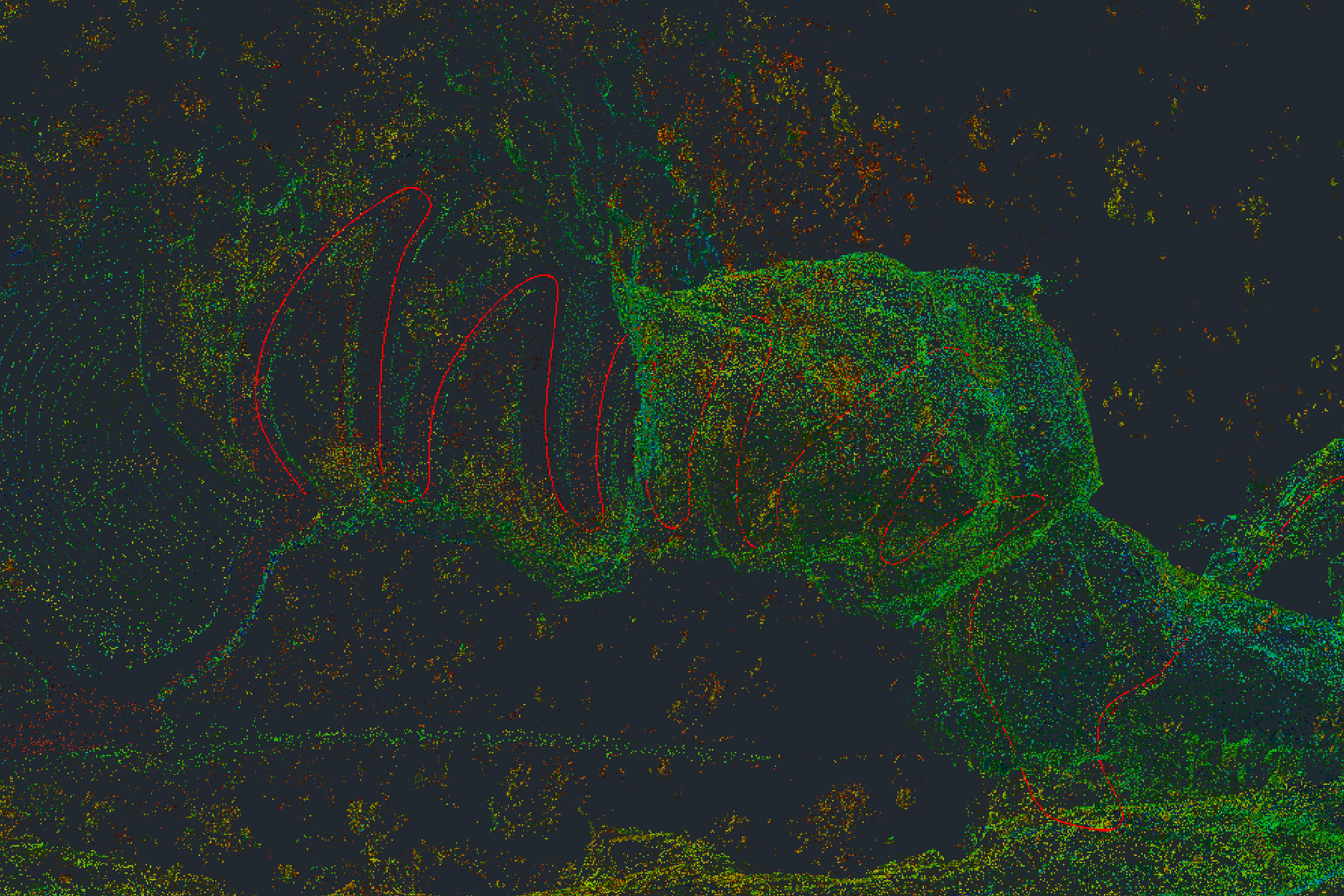
_CARLSBAD CAVERNS VIEWSHED STUDY
My senior thesis in Computing and the Arts critically examines the “tabula rasa” in computer science and urbanism, questioning the emptiness it describes in landscape through an exploration of its origins in terms of intelligence. Experimentation with the tabula rasa in machine learning, where the term describes the originally empty knowledge base of a thinking machine, demonstrates the impossibility of a truly unbiased artificial intelligence and provides a critical lens through which to interpret the tabula rasa in urbanism. Revisited from this perspective, case studies of empty sites including landscapes rendered unbuilt by war, natural disaster, and wilderness protection destabilize the urbanist tabula rasa through the traces and remnants that subvert the illusion of vacuity. These findings support an attitude in favor of deference to history in both fields and demonstrate the value of conversation between the two, which here relies on razed earth as common ground.
This project was made possible by the Harvey Geiger Fellowship. I was honored to be the first Computing and the Arts student to win funding through this Yale Department of Architecture award, which enabled me to undertake eight weeks of field work in Japan and Chile.
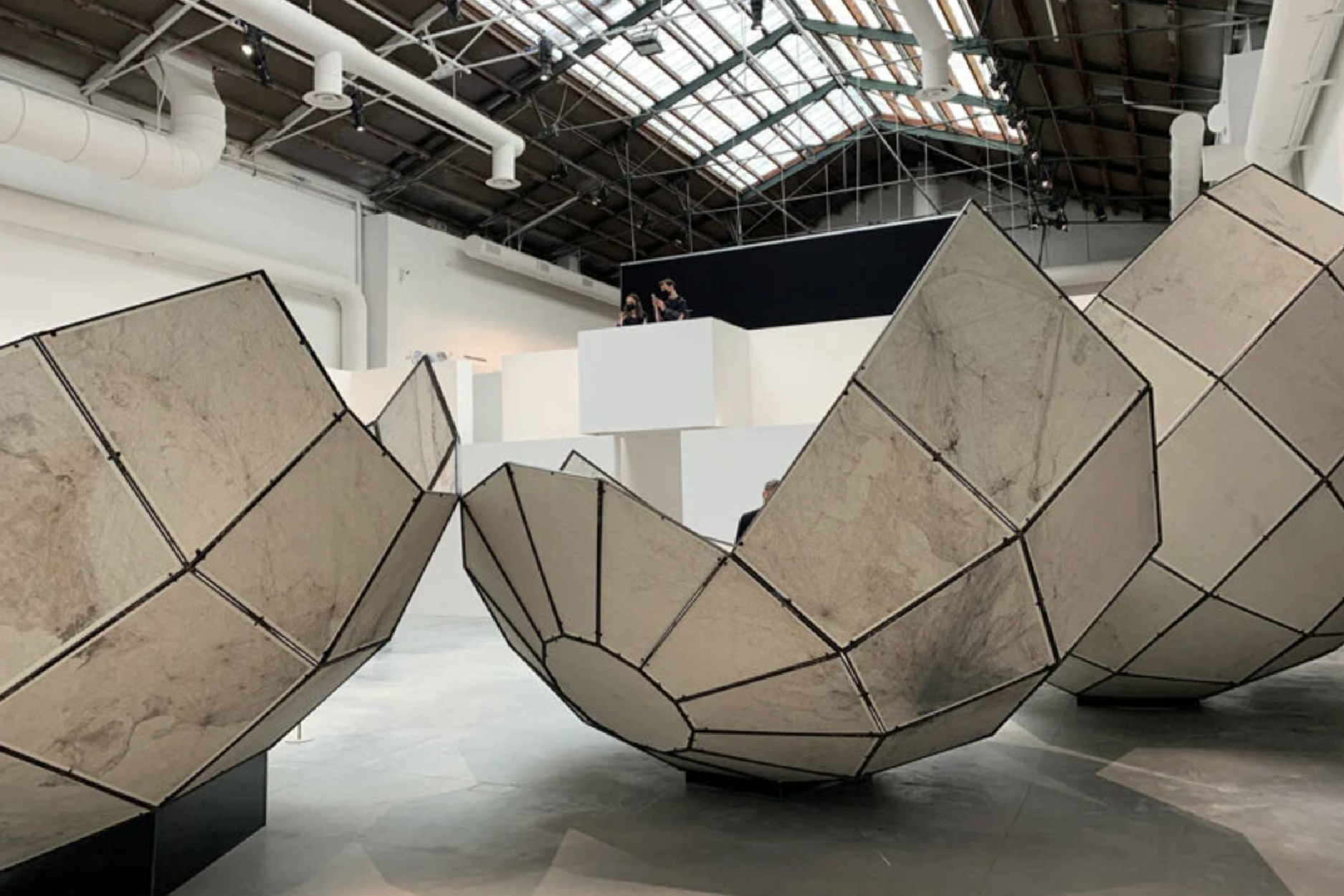
_VENICE BIENNALE: The World Turned Inside Out
My senior thesis in Computing and the Arts critically examines the “tabula rasa” in computer science and urbanism, questioning the emptiness it describes in landscape through an exploration of its origins in terms of intelligence. Experimentation with the tabula rasa in machine learning, where the term describes the originally empty knowledge base of a thinking machine, demonstrates the impossibility of a truly unbiased artificial intelligence and provides a critical lens through which to interpret the tabula rasa in urbanism. Revisited from this perspective, case studies of empty sites including landscapes rendered unbuilt by war, natural disaster, and wilderness protection destabilize the urbanist tabula rasa through the traces and remnants that subvert the illusion of vacuity. These findings support an attitude in favor of deference to history in both fields and demonstrate the value of conversation between the two, which here relies on razed earth as common ground.
This project was made possible by the Harvey Geiger Fellowship. I was honored to be the first Computing and the Arts student to win funding through this Yale Department of Architecture award, which enabled me to undertake eight weeks of field work in Japan and Chile.
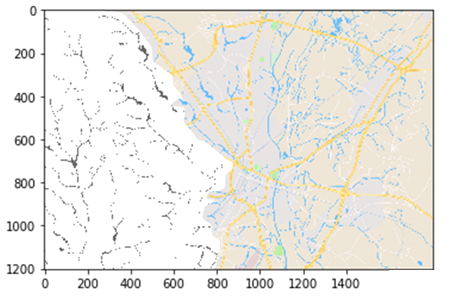
_WATERWAYS / HIGHWAYS
This final project, for CPSC 678: Creative Artificial Intelligence for Visual Computing, adapts the seminal "Pix-to-Pix" paper by Isola et al. to infer basic land use maps (emphasizing park land and highways) from sketches of their water systems. The original paper uses a GAN architecture for machine learning to perform a diverse set of image translation tasks. My implementation of it extends the original to do the image processing necessary to create its own training data set, so that from exclusively images screenshot from Google Maps, the final system can learn a model such that it is able to take in a digital water system sketch and output a suggestion of what the surrounding land use patterns might look like.
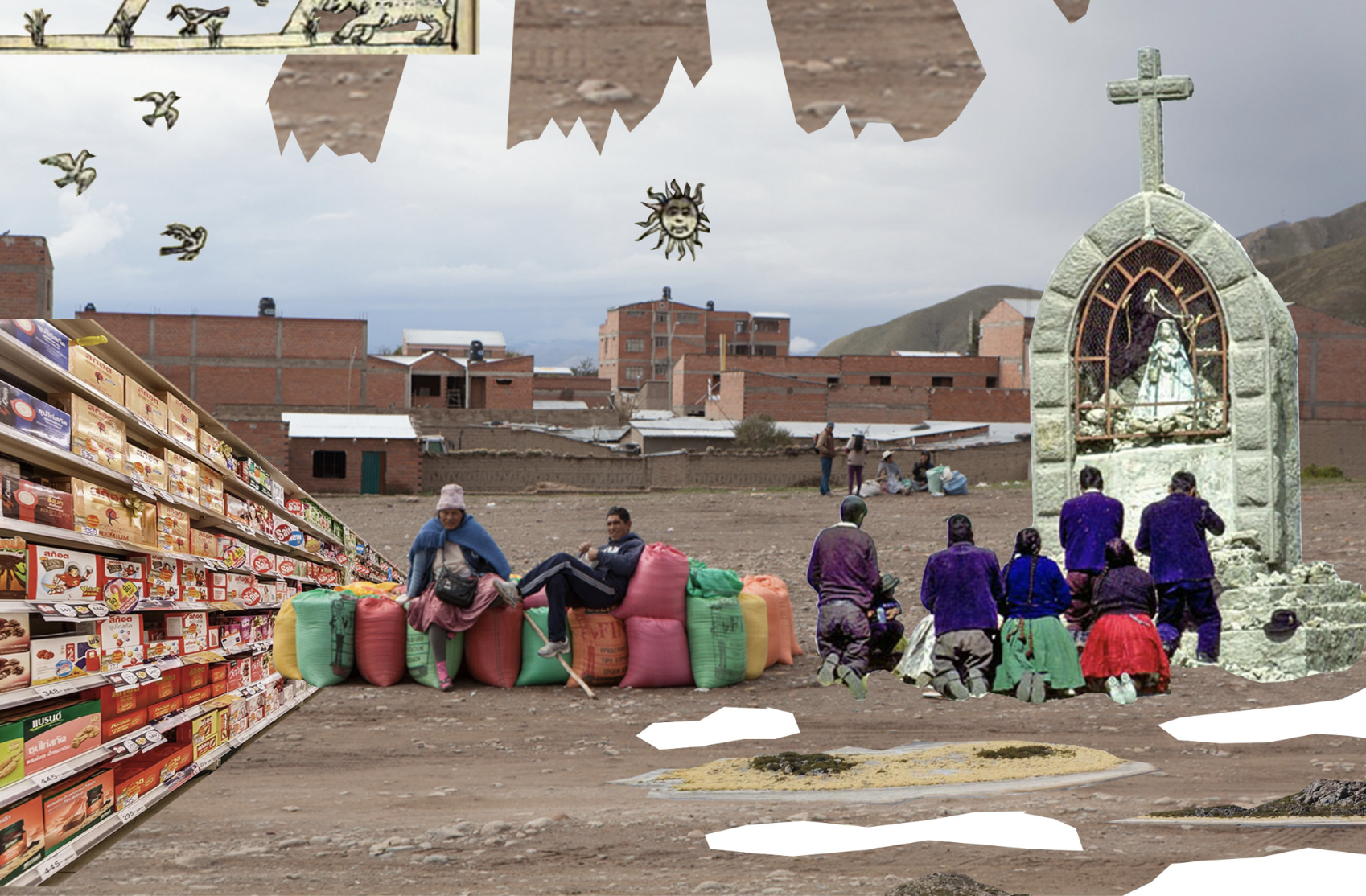
_URBAN LAB II: Global Analysis of Bolivian Quinoa
This semester-long urban studies project takes a multimedia approach to demonstrating the effects of globalization on a seemingly remote or isolated site. The research here concerns the quinoa farming community of Salinas de Garcí Mendoza, a small town populated largely by members of the Aymara indigenous group in western Bolivia. It investigates the economy of quinoa and the ways in which its changing perception by the outside world has driven its history. It depicts the Aymara way of life with a focus on traditional attitudes towards the land, depicting how that relationship has changed over time as a result of an ongoing process of globalization. It explores the mingled spirituality of indigenous pantheism and Catholicism and relates it to modern quinoa farming practices. Finally, it responds to all of these projects with a final set of proposed interventions at the site and abroad, which it offers and critiques with awareness of its remote viewpoint.
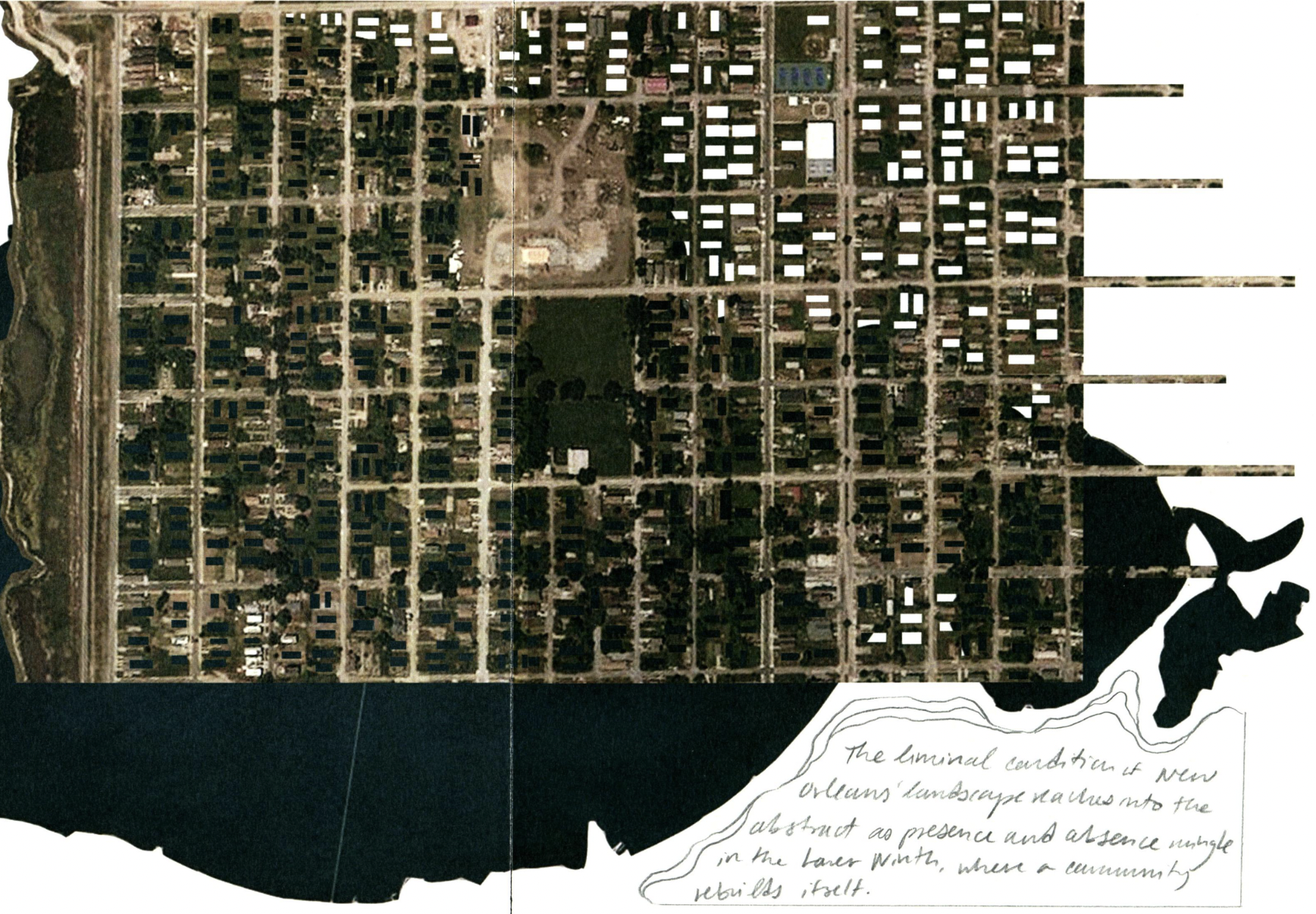
_URBAN LAB I: New Orleans Graphic Essay
This semester-long graphic research project, based on field exploration, addresses the topic of blurry boundaries in New Orleans. It makes the parafictional claim that because the boundary between land and water in the city is muddy and volatile, all other boundaries there become similarly murky or wavering. It portrays New Orleans as a distortion zone where the liminal nature of the swampy landscape extends through all aspects of the city, where the volatile boundary between land and water destabilizes other binaries in the built environment, the demographic composition of the area, and even its abstract or metaphysical character. Throughout the book I use figurative visual references to the dripping, sprouting landscape in order to emphasize this condition.
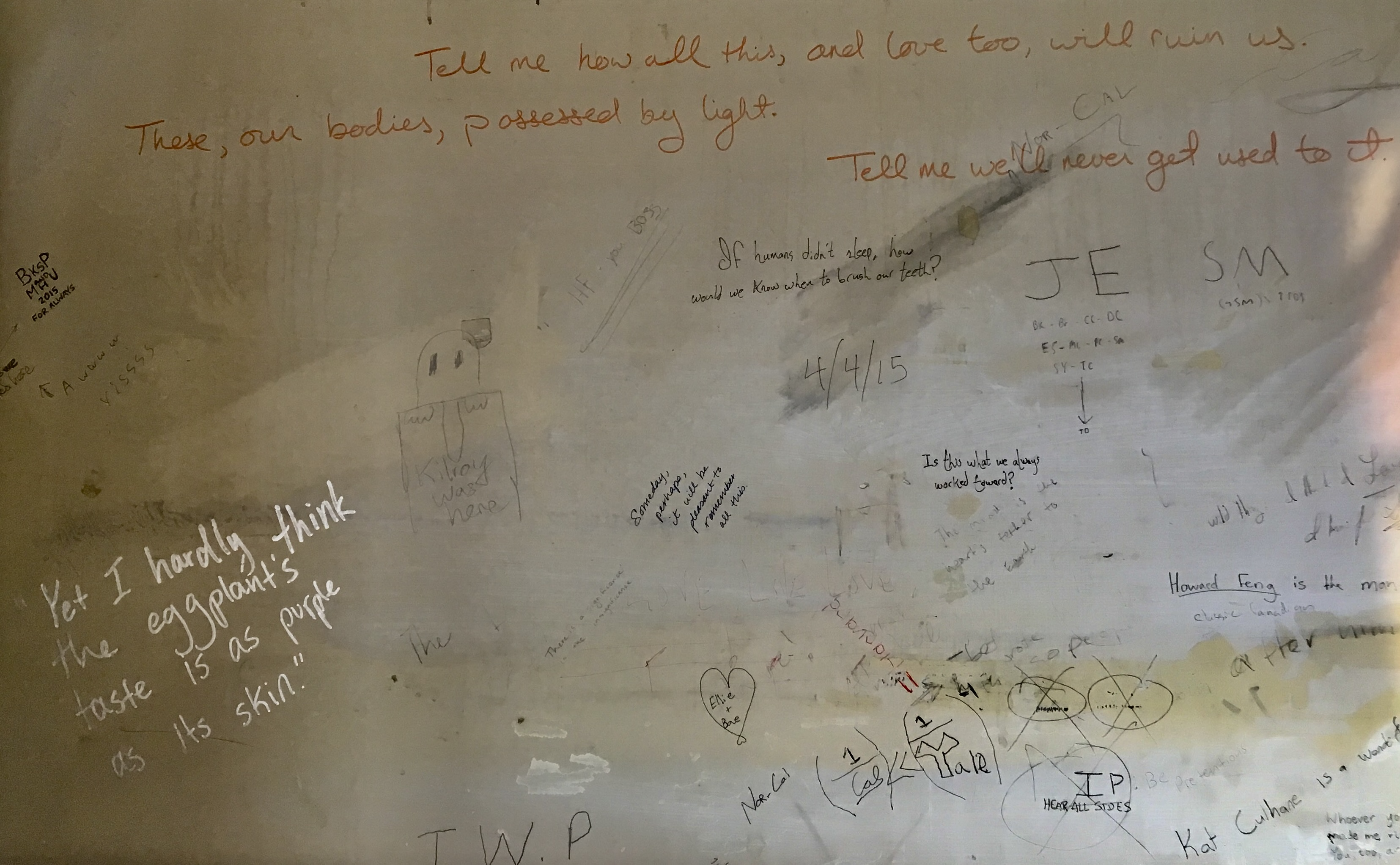
_STERLING POEMS
The study carrels in the bookstacks of Sterling Library at Yale are covered in layers of thoughtful, exuberant, and furious graffiti scribbled by years of students trapped at their desks. As a first-year, I was fascinated by these notes as an archive of the common internal monologue of Yale students over a long period time, revealing their hopes, fascinations, frustrations, and most intimate confessions, in a collective voice that I found expansive and relatable. I decided to record a selection of this graffiti across numerous floors of the library, categorize it by theme, and use it to randomly generate poems that could serve as snapshots of the abstract Yale student's mind.
